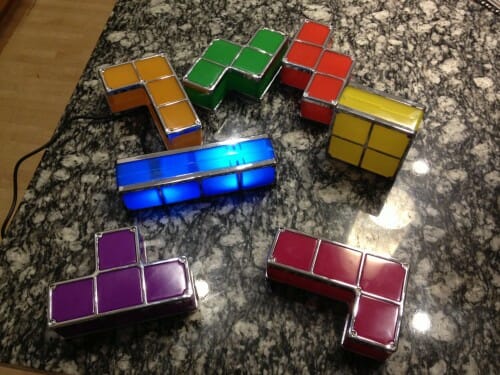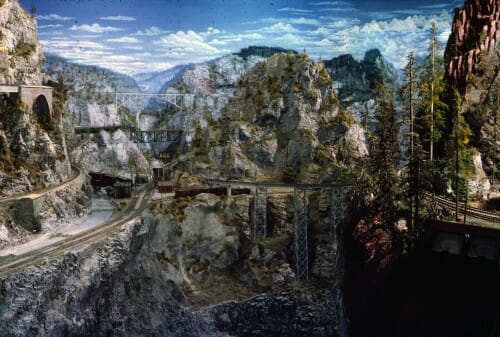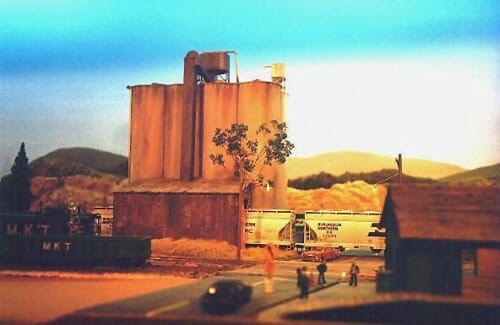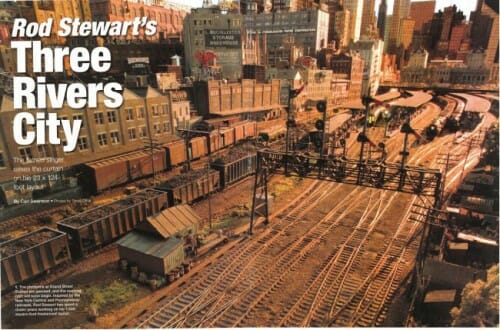The Terrible Idea That Won't Die: Solar Roads
Solar Roadways' dreams of sunlight-gathering paths are one step closer to taking shape. Missouri's Department of Transportation is aiming to install a test version of the startup's solar road tiles in a sidewalk at the Historic Route 66 Welcome Center in Conway. Okay, it won't be on Route 66 just yet, but that's not the point -- the goal is to see whether or not the technology is viable enough that it could safely be used on regular streets. You should see it in action toward the end of the year.
The tiles will be familiar if you've followed Solar Roadways before. Each one combines a solar cell with LED lighting, a heating element and tempered glass that's strong enough to support the weight of a semi-trailer truck. If successful, the panels will feed the electrical grid (ideally paying for themselves) and make the roads safer by both lighting the way as well as keeping the roads free of rain and snow. They should be easier to repair than asphalt, too, since you don't need to take out whole patches of road to fix small cracks....
As the Transportation Department's Tom Blair observes, it would be odd to push self-driving cars in the state's Road to Tomorrow initiative when the streets aren't as smart as the vehicles using them.
This has so much stupid in it, I don't even know where to start. First, solar roads are a terrible idea. Even if they can be made to sort of work, the cost per KwH has to be higher than for solar panels in a more traditional installations -- the panels are more expensive because they have to be hardened for traffic, and their production will be lower due to dirt and shade and the fact that they can't be angled to the optimal pitch to catch the most sun. Plus, because the whole road has to be blocked (creating traffic snafus) just to fix one panel, it is far more likely that dead panels will just be left in place rather than replaced.
And who in their right mind would ever accept the statement that the solar panel roads would be cheaper to fix than a roadway? What agency anywhere takes out whole patches of road to fix small cracks? Square foot for square foot a solar road would be orders of magnitude harder to fix than just patching a pothole somewhere.
I love the line about "ideally" paying for themselves. I am sure this is their ideal, but what is the reality? I will bet anyone a million dollars that if all installation and maintenance costs are included, these will not come close to paying for themselves. The first rule of alternate energy in any news article is to give the installation cost or the energy output, but never both, so actual return on investment can't be calculated. If they give neither, as in this case, it really sucks.
And finally, what is not to love about the last paragraph, which says effectively that roads should be as smart as the cars that drive on them. I have toyed with the idea of creating a whole new blog category on things people say that get millennials excited but make absolutely no sense. This would be a good example. Embedding solar panels in a road when just about any other flat surface anywhere would be a better place to put them is not "smart", it is painfully stupid. A smart road might embed guide wires or some other technology to aid self-driving cars, but nothing like this.






